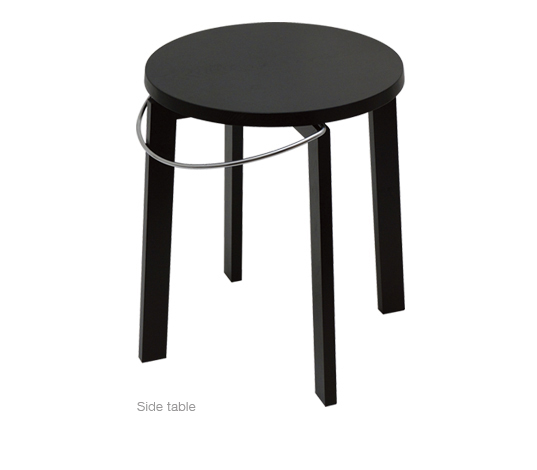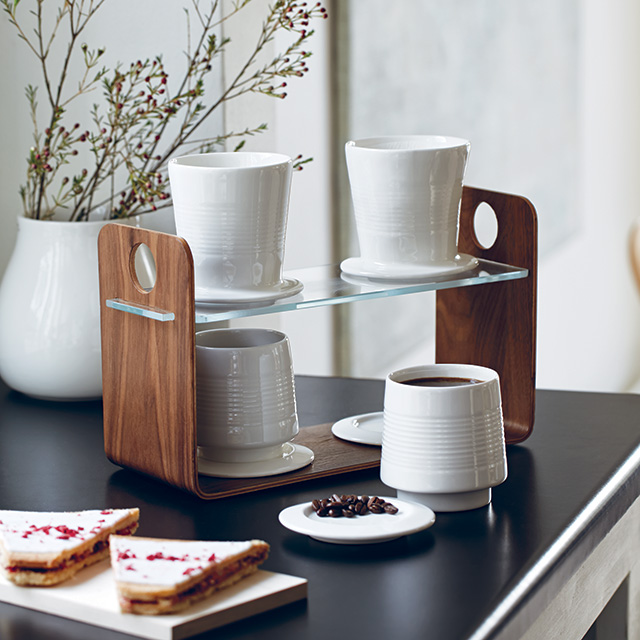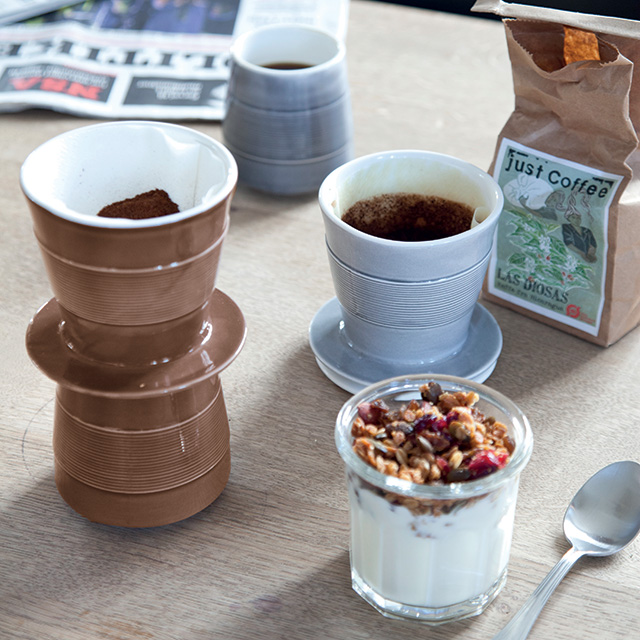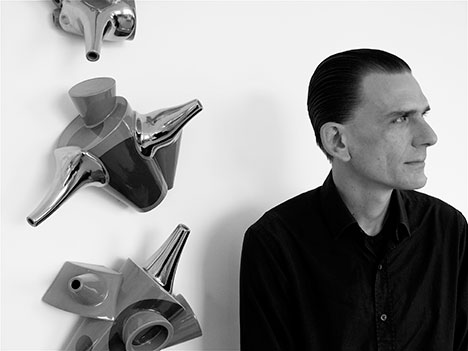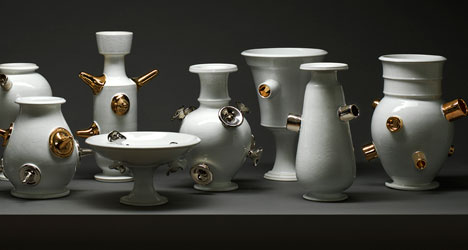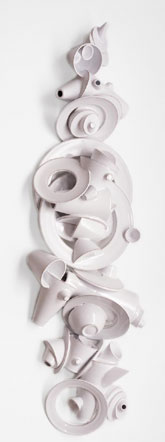I have less money than I ever did. I also feel more fulfilled than I ever did. Am I happier? Truth be told, I think so but I don't know. Let me explain.
First of all, it depends on how we define happiness.
The motivational couch, Jay Shetty, said in a recent video for The Huffington Post: "We need to redefine what success means. Let's not make happiness and success about the size of our homes but about the size of our heart. Let's not make it about gratification but gratitude [...] Instead of thinking of what you want to do, think about what you want to be".
I get a lot of emails and approaches from strangers and acquaintances who have heard about my journey from being a lawyer to a potter. They want to know what the secret is to do what I've done. I wish I could give them answers, which is what has lead me to write this blog post. So many people tell me how they dream of quitting their jobs too because they're unhappy. So many people tell me that they wish they had the courage to pursue their dreams. I think they may be getting it the wrong way around.
I didn't quit because I wanted to pursue the next career that was going to fix the emptiness that I felt inside. I quit because I was unhappy in my job and knew I didn't want to do it forever. You get one shot at life and I didn't want to waste mine doing something that didn't fulfil me. However, I didn't quit with a feeling that I'd then be on a path to instant happiness that would come from something external. It might sound the same but there's an important distinction. I didn't know it at the time, but what I was doing was to look around me at the things that made me happy. My (then) partner did, my dog did and my evening pottery classes did. So I quit to have more time for a while for those things that gave me a sense of meaning and fulfilment. I'd saved up enough that I didn't have to work for a year and I had the financial support of my partner, which helped take off the pressure and it gave me a safety net. I didn't know that I'd be able to make a living from my ceramics - nor did I know that my partner would leave me shortly after. And that's the thing, you never really know what's going to happen - it's not in your power to control these things - but what is in your power, is to step off the grind of everyday life, pause and make a decision to focus more on yourself and the things that give you a sense of happiness and purpose. Whether that's going part time, quitting completely, taking a sabbatical or just signing up for evening classes. I think the key is to not do these things thinking that it will be a quick fix solution leading to happiness. Happiness doesn't work like that. Firstly it comes and goes. Secondly, it comes from within and it's often right there in front of us. We're just too busy with life - and with striving for the next thing - to notice. Being stressed and busy is a choice, just as deciding to slow down is.
When people are asked about their biggest regrets their answers often include the word "not". For example, "not saying I love you", "not pursuing my acting career", "not spending enough time with my children"... Again, I didn't realise it at the time but what I did when quitting was to clean the slate of all the "nots" and allow myself to turn them into "dos" - if I wanted to. Anything was suddenly possible. I wanted to go travelling. So I did. I wanted to spend more time making ceramics. So I did. I suddenly found that I was spending a lot of time reflecting on what kind of person I wanted to be and not on what I wanted to be which had otherwise been my focus from an early age (spurred on by careers advisors, societal expectations etc).
I knew I felt a sense of happiness when making. That's all I knew. I've since come across the ideologies behind "mindfulness". It was like someone else had put words to what I intuitively felt and knew to be a better approach to life. When I was making, I was there in the moment, "staying" with what I was doing and, probably for the first time, I stopped running away from things and I stopped looking for the next fix that would fill the emptiness that I was feeling inside. I slowed down and started noticing all the little things in my life that gave me a sense of meaning and fulfilment: a smile from a passerby, the sun warming my face on the bus, a hug from a friend at the studio, a stranger picking up the papers I dropped in a shop - all the little miracles of life and the kindness in the world that so many of us are too busy to notice because we are living in a society that has become obsessed with success, happiness, beauty, achievements and instant gratification.
I still have days when I don't manage to focus on the kindness around me and I feel stressed and overwhelmed. I then try to remind myself of the important fact mentioned above: being busy and stressed is a choice just as slowing down is.
So for what it's worth, there is my answer to "how I did it". I chose to slow down and look for the happiness from inside of myself. I hope you'll find a way to do it too. I promise that it's worth it.
X Stine












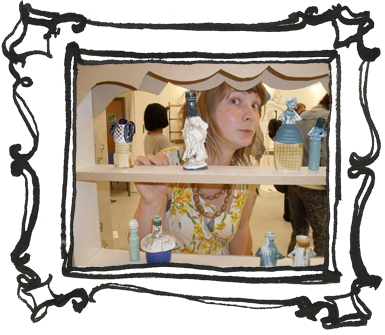 and the bizarre.
and the bizarre.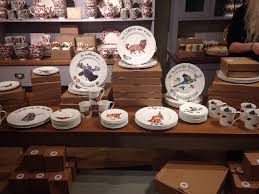
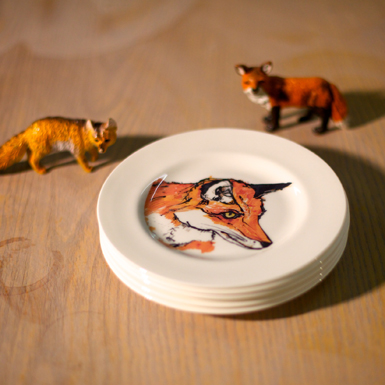
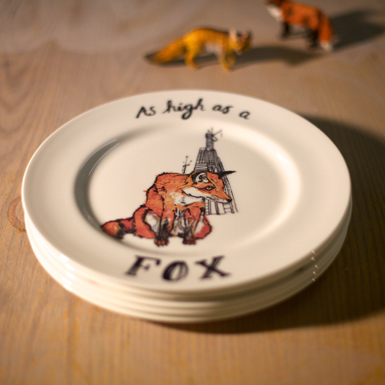
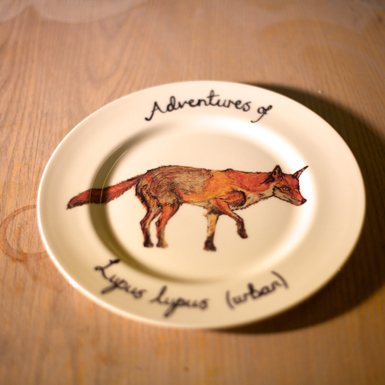
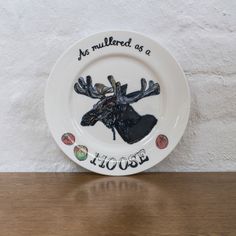

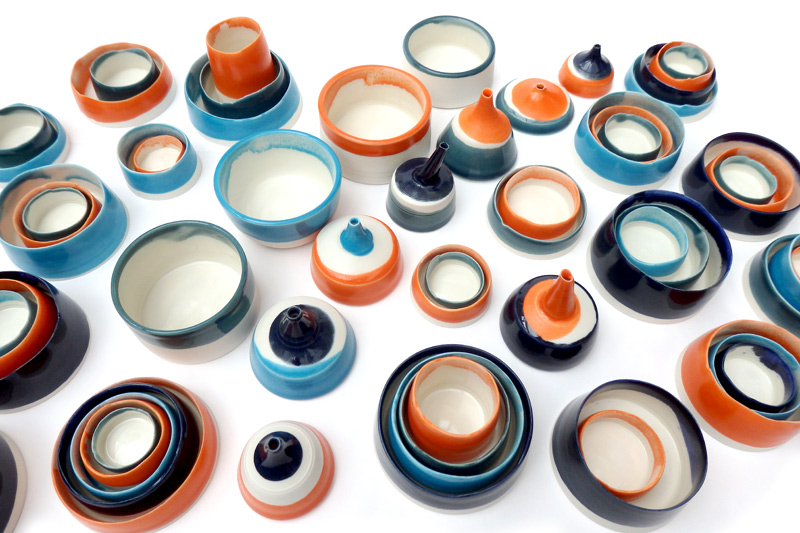 I am going to share with you, the tales of some talented ceramicists whose stories made such an impression on me that I felt compelled to do a blog post about them. Besides their work is so beautiful that I had to invite them into my SkandiHus.
I am going to share with you, the tales of some talented ceramicists whose stories made such an impression on me that I felt compelled to do a blog post about them. Besides their work is so beautiful that I had to invite them into my SkandiHus.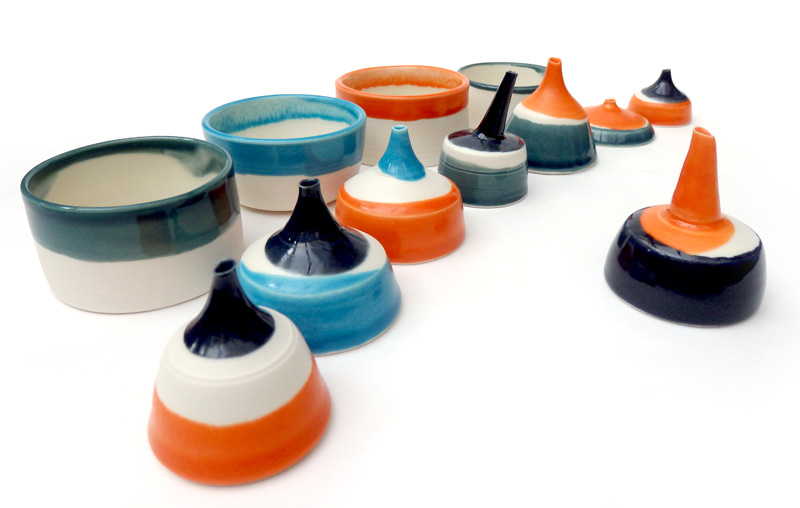
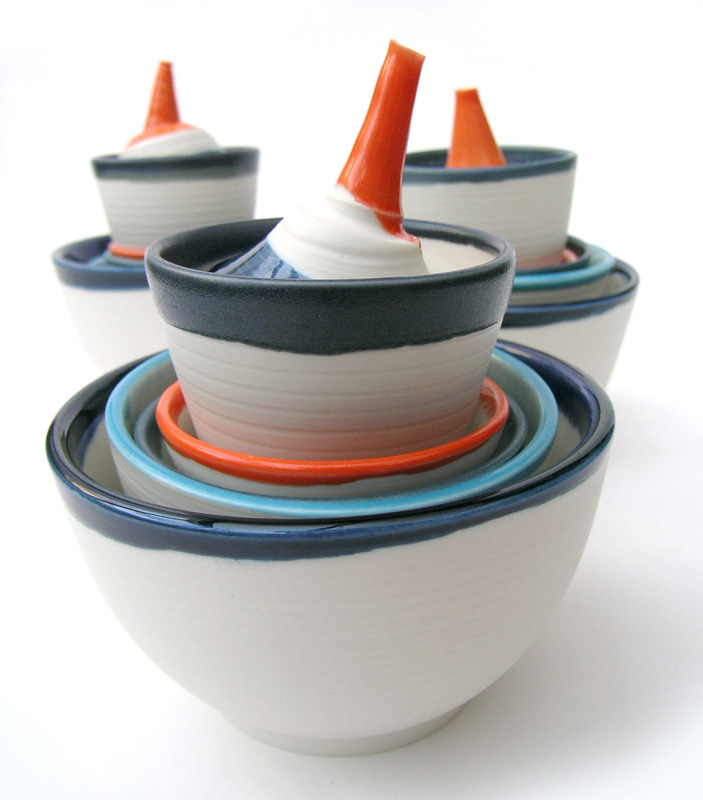
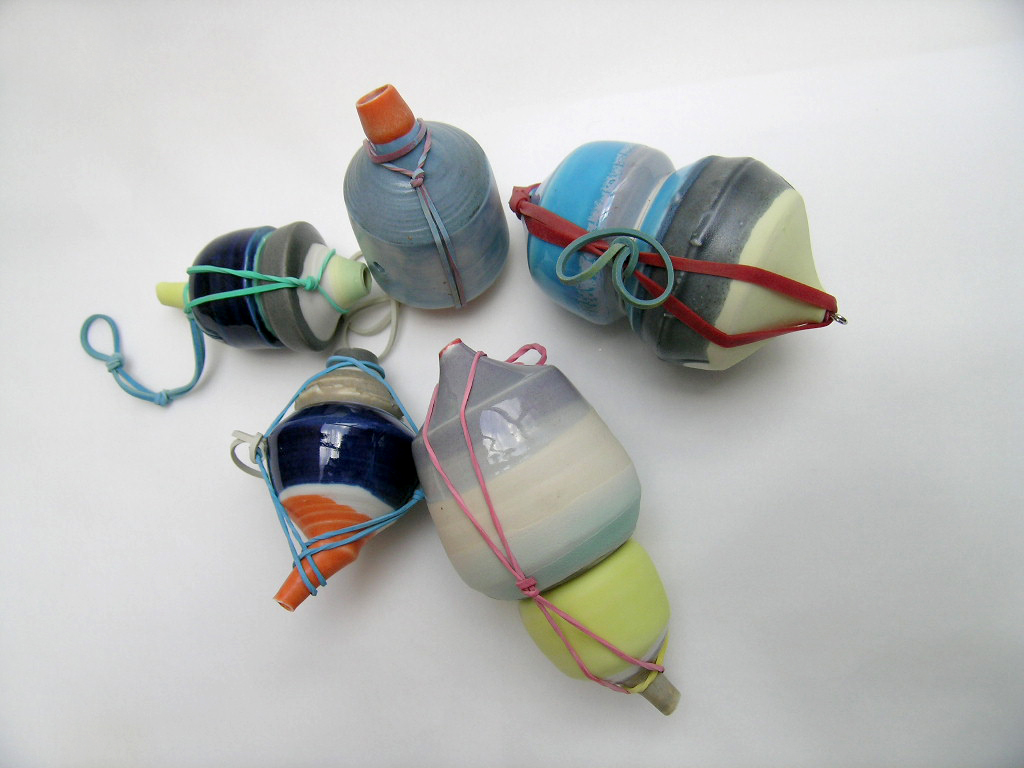
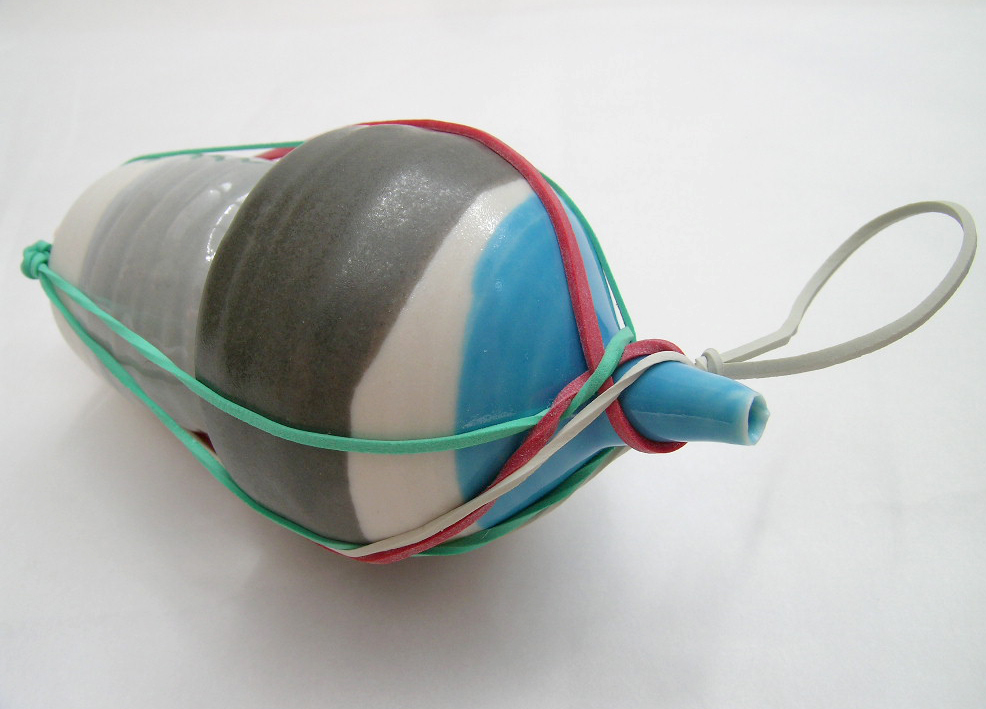
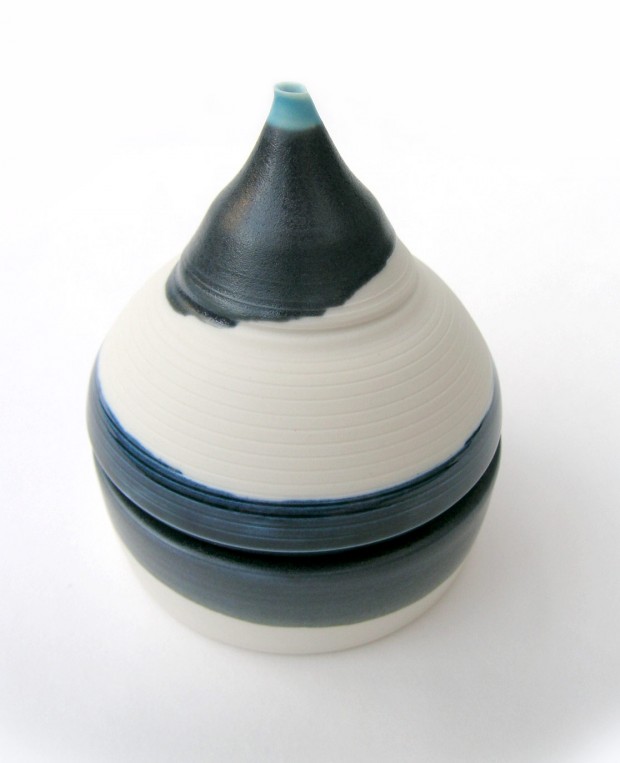

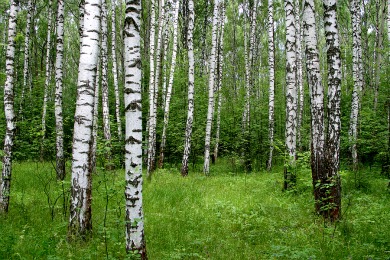
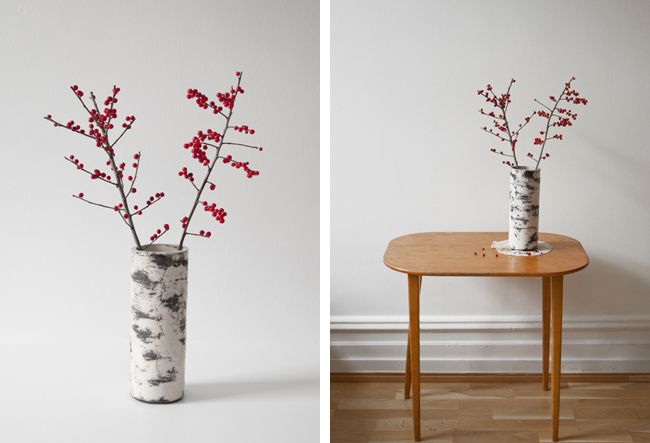
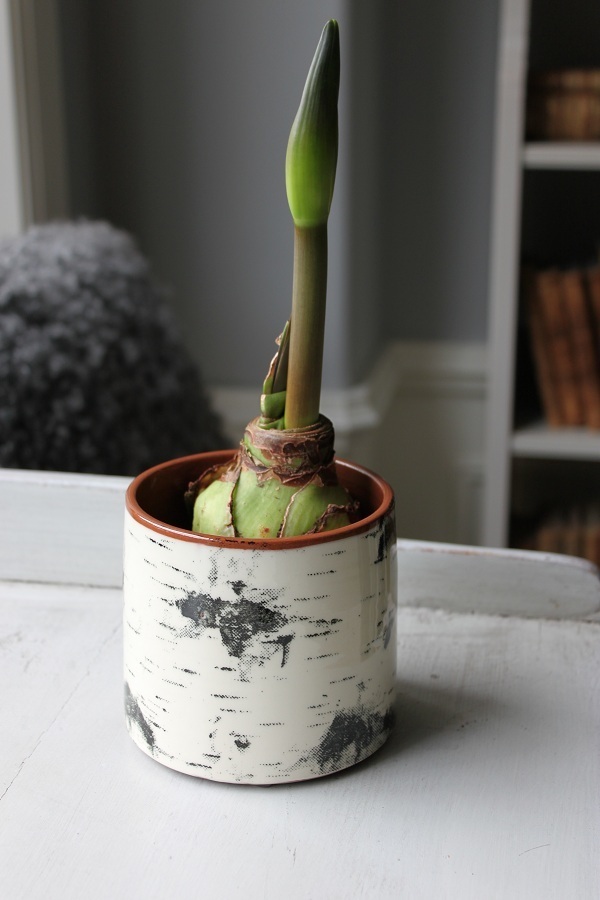

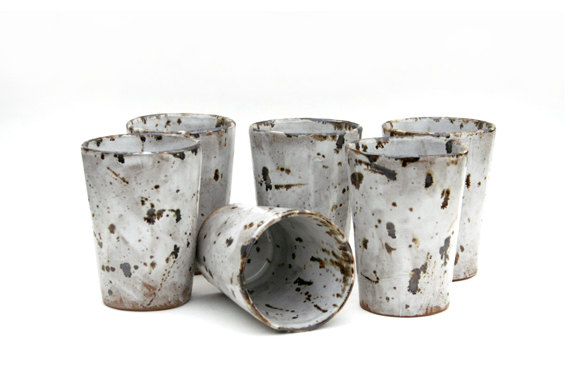
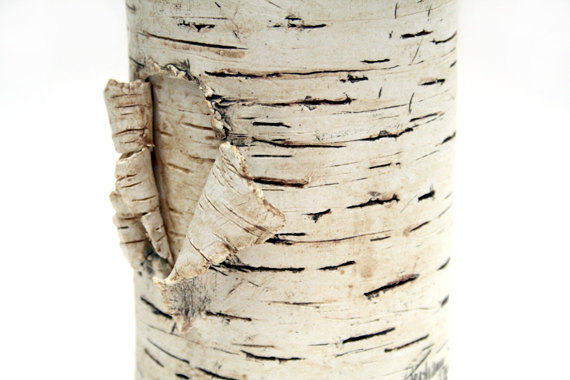
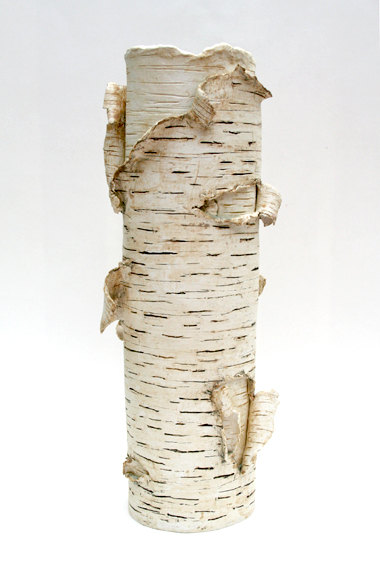

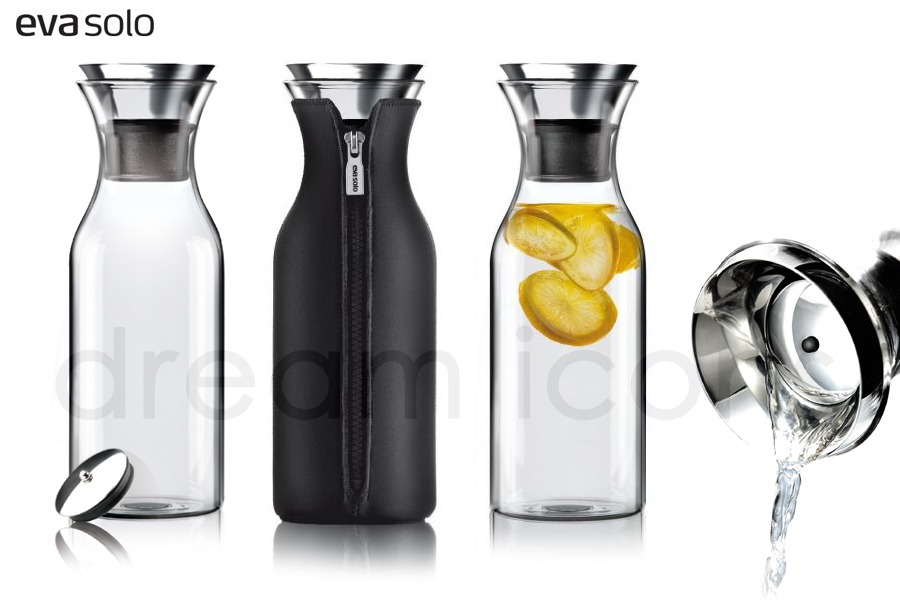

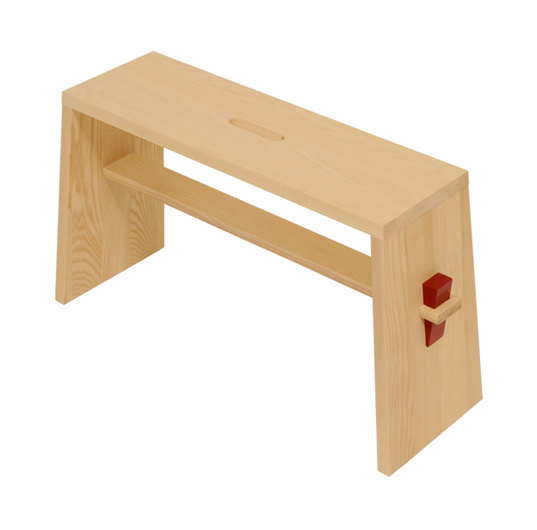 y the user always has them where they are needed and they can be used and enjoyed easily. Moreover it is important that the objects are functional.
y the user always has them where they are needed and they can be used and enjoyed easily. Moreover it is important that the objects are functional. 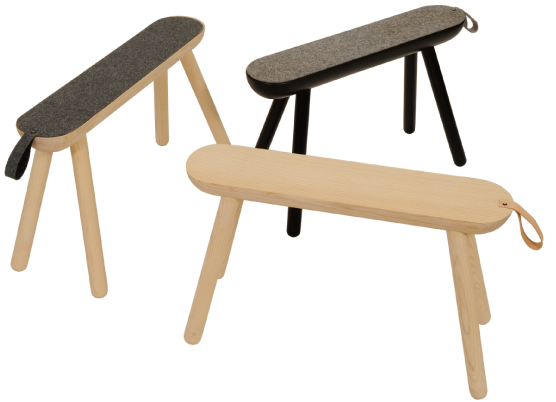 In other words, these guys are yet another example of designers who are managing to design unpretentious affordable designs without compromising on the quality. Love it!
In other words, these guys are yet another example of designers who are managing to design unpretentious affordable designs without compromising on the quality. Love it!
